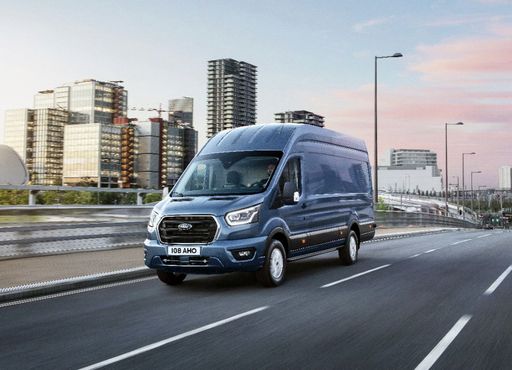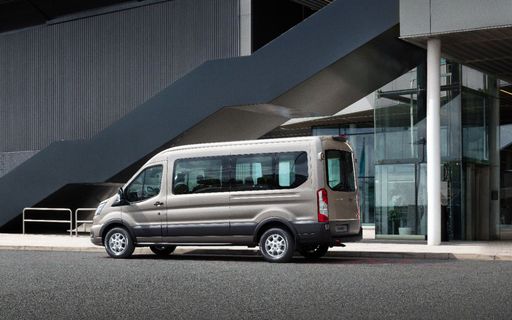Ford Transit Bus vs. VW Crafter: A Comprehensive Comparison
When it comes to commercial vehicles, the Ford Transit Bus and the VW Crafter are two of the most popular choices for businesses and organizations. Both models have established themselves in the market due to their reliability, practicality, and advanced features. In this article, we will delve into the technical aspects, innovations, and overall performance of both vehicles to determine which one might be the best fit for your needs.




